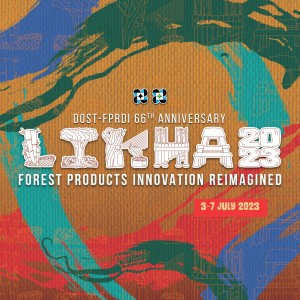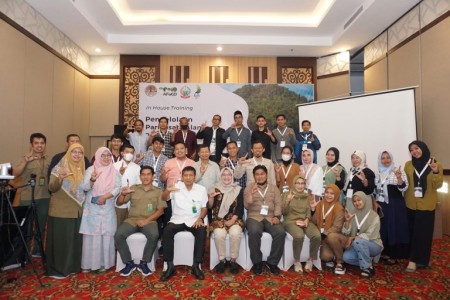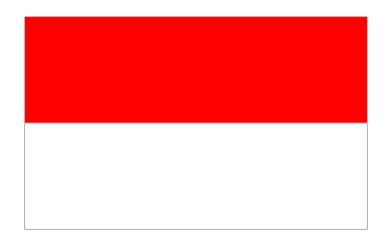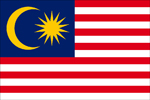Bamboo Industry Indonesia | 01/11/2025
BAMBOO INDUSTRIES
by: Ir. I.M. Sulastiningsih, MSc .
Forestry Engineering and Forest Product Processing Research Center (FEFPProc),Bogor, Indonesia
Forestry Engineering and Forest Product Processing Research Center (FEFPProc),Bogor, Indonesia
The bamboo utilizations are grouped into 2 (two) types, viz. traditional (e.g. handicrafts and religious-related ceremonies) and industries’ requirements, such as paper, chopstick, flower-stick, cement bonded board (askaboard) and shoot cans, and they are opened for possibilities to establish ply-bamboo, bamboo parquet, particle board, and active charcoal in the future (Triyono, 2003 in Mayana and Subagyo, 2004).
The bamboo requirement for traditional uses can still be fulfilled by the existing bamboo plantations cultivated in the backyards, but for the industries requirement there should be an established bamboo plantation at large-scale in order to supply the raw material to meet their requirements on sustainable and with high quality basis.
Mayana and Subagyo (2004) stated that at present the number of processing industries of bamboo-based products in Indonesia is mostly limited to very simple and small—scale in size, viz. home handicrafts,and only small portion is already acquire the sophisticated one. While Hasanuddin University (1996) in Mayana (2004) reported that the chains of bamboo utilization is generally grouped into 6 (six) schemes of uses, i.e.:
- As raw materials to small scale bamboo-based industries (handicraft products);
- For building establishment of which bamboo is used as building abutment;
- Agricultural-supporting materials of which bamboo is used as climbing poles of the plantations, ladder, canoe accessories, fish traps and animal houses;
- For a number of household utensils, house building materials and backyard fences;
- For export-oriented raw materials-based industries, e.g. chopstick, tooth stick, and
- Customary ceremonies at certain areas.
- traditional preservation or chemical process, followed by the drying through conditioning process, and also by applying drying machine in order to reduce the moisture content until it reaches 10 – 12 % when desired;
- product design making process, including to determine the stuffs, colors, hardwares (equipment/machine fitting);
- fabrication process, cutting is done in accordance with sizes in designs, fitting which suits to previously prepared jigs, jointing, polishing until finishing;
- finishing processes (from low quality or traditional process by using polishing of nitrocellulose techniques until the modern process with polyurethane application);
- packaging the products in order to avoid the rejected products due to mishandling in transportation.
















